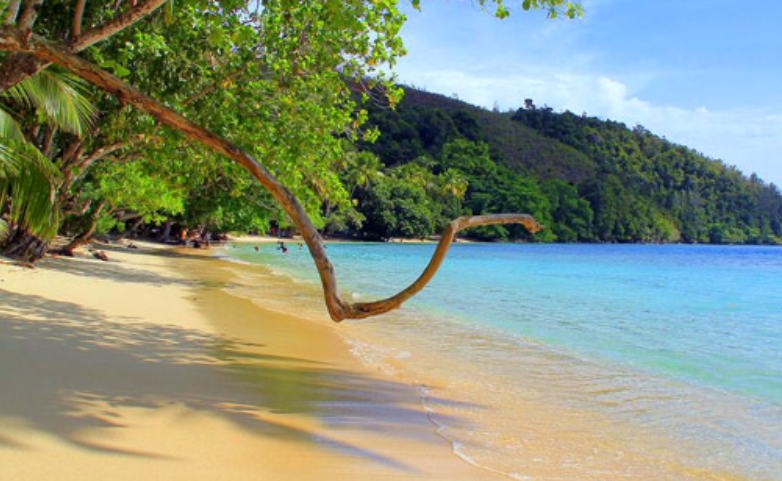PapuaAround.com – Jayapura, the capital of Papua Province, is famously known as the “City of a Thousand Areca Nuts” due to local customs involving the consumption of areca nuts. This nickname reflects the local tradition where people often chew areca nuts, particularly during social gatherings under trees or while selling them along the streets. In addition to areca nuts, Papuans also sell a variety of other products, including taro, fish, vegetables, and potatoes. Areca nuts play a significant role in strengthening social bonds among the local community.
According to the “Profile of MSMEs Selling Areca Nuts and Fruits During the Pandemic in Sentani District, Jayapura Regency,” the production of areca nuts in Jayapura is notably high. Many micro, small, and medium enterprises (MSMEs) have been established by locals, focusing on the sale of areca nuts. Research by Soumokil and Tokoro indicates that these enterprises have contributed to the local economy, particularly during the pandemic.
Interesting Facts About Jayapura
In addition to its reputation for areca nut consumption, This city has several intriguing facts:
Frequent Name Changes
Jayapura has experienced several name changes throughout its history. During the Dutch colonial period, the city was known as Hollandia. After the Dutch withdrawal, the name was changed to Kota Baru. When Jayapura became part of the Republic of Indonesia (NKRI), it was renamed Sukarnopura. The name Jayapura, meaning “City of Victory” in Sanskrit, was officially adopted in 1968 during the New Order era.
District Terminology
Unlike most cities in Indonesia that use the term “sub-district,” Jayapura uses the term “district.” This terminology dates back to the Dutch colonial period and has been retained to this day. The districts in this city include Muara Tami, Heram, Jayapura Utara, Jayapura Selatan, and Abepura.
Read also: Balancing Tradition with Commercial Interests in Baju Kurung Papua!
Youtefa Bridge on Currency
The Youtefa Bridge, located in Teluk Youtefa, is a notable landmark depicted on the 75,000-rupiah banknote. Previously known as Holtekamp Bridge, it connects the Muara Tami district with the city center of Jayapura.
World War II Historical Beach
Jayapura’s beach has historical significance from World War II. The beach was a landing site for Allied forces from the United States and served as a military base named Base-G. This site played a crucial role in the Allied campaign against Japan. Today, the beach is a popular tourist destination, offering stunning views of both sunsets and sunrises.
This city, with its unique characteristics and rich history, stands as a significant cultural and economic hub in Papua. From the tradition of chewing areca nuts to its historical landmarks, Jayapura provides a wealth of cultural and historical experiences.
For those interested in exploring Jayapura further, the city offers diverse experiences that highlight its cultural and historical importance within Indonesia. Understanding these facts provides deeper insights into Jayapura’s role in both historical and contemporary contexts.
Source: Kumparan.

